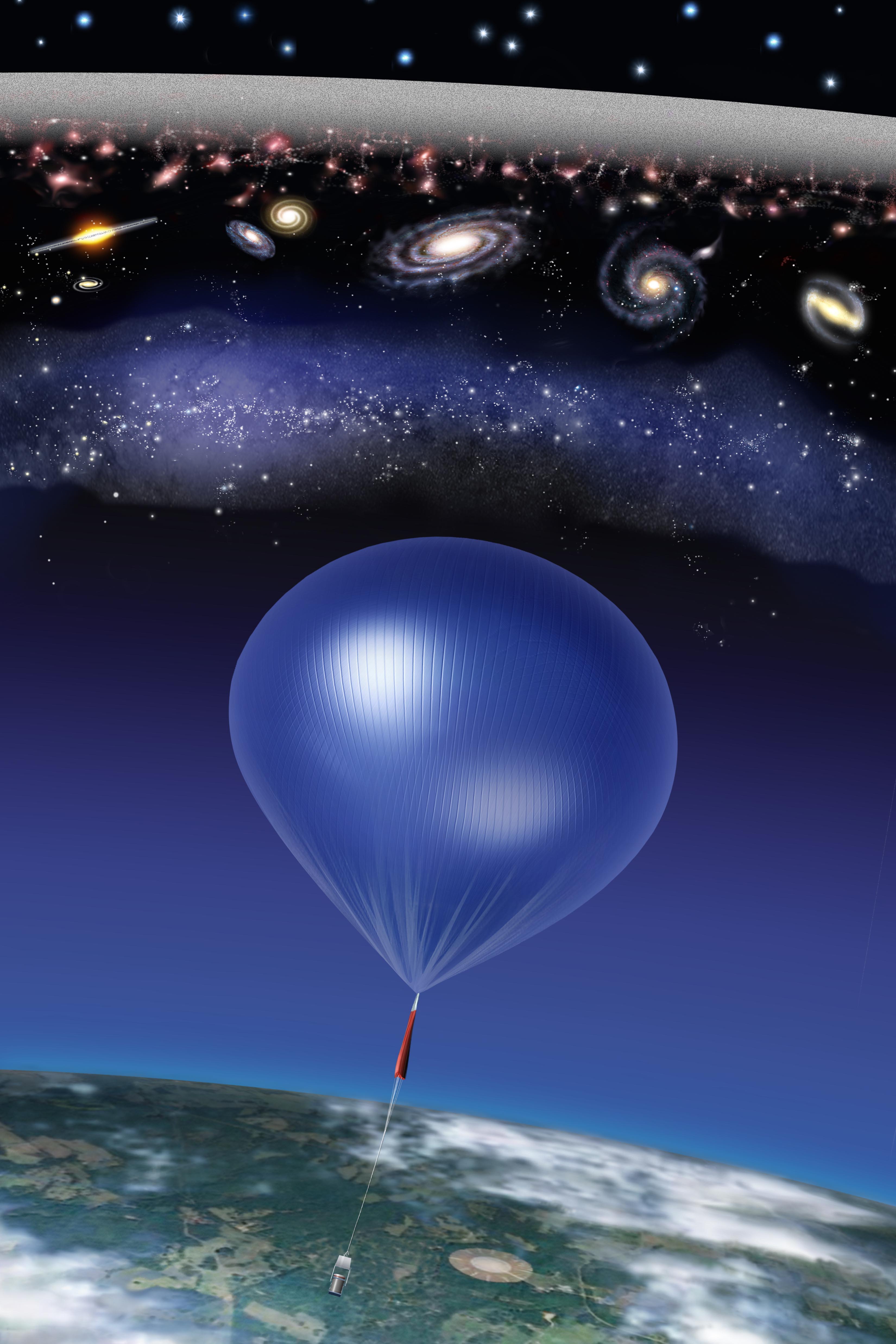|
QMAP
QMAP was a balloon experiment to measure the anisotropy of the cosmic microwave background (CMB). It flew twice in 1996, and was used with an interlocking scan of the skies to produce CMB maps at angular scales between 0.7° and 9°. The gondola was later used for ground-based observations in the MAT/TOCO experiment. See also *Cosmic microwave background experiments *Observational cosmology Observational cosmology is the study of the structure, the evolution and the origin of the universe through observation, using instruments such as telescopes and cosmic ray detectors. Early observations The science of physical cosmology as it is ... References Physics experiments Cosmic microwave background experiments Balloon-borne telescopes {{physical-cosmology-stub ... [...More Info...] [...Related Items...] OR: [Wikipedia] [Google] [Baidu] |
Mobile Anisotropy Telescope
The Mobile Anisotropy Telescope (MAT), also known as the Mobile Anisotropy Telescope on Cerro Toco (MAT/TOCO or TOCO) was a ground-based radio telescope experiment to measure the anisotropy of the cosmic microwave background (CMB). The experiment was conducted at an observation site on the southern slopes of Cerro Toco in the Atacama Desert of northern Chile. It was a collaboration between the physics departments at Princeton University and the University of Pennsylvania. The telescope refitted the gondola and receiver from the QMAP experiment, mounted on a donated Nike Ajax trailer. Observations were taken in 1997 and 1998 from the Cerro Toco site, at an elevation of approximately 5,200 m (17,000 ft), with measurements of the angular power spectrum of the CMB in the multipole moment range of 50 to 400. Instrumentation The receiver was equipped with SIS and HEMT detector systems with two SIS channels operated at 144 GHz and six HEMT channels, two with center frequencies of 31 ... [...More Info...] [...Related Items...] OR: [Wikipedia] [Google] [Baidu] |
Cosmic Microwave Background Experiments
This list is a compilation of experiments measuring the cosmic microwave background radiation, cosmic microwave background (CMB) radiation anisotropies and polarization since the first detection of the CMB by Arno Allan Penzias, Penzias and Robert Woodrow Wilson, Wilson in 1964. There have been a variety of experiments to measure the cosmic microwave background radiation, CMB anisotropies and polarization since its first observation in 1964 by Arno Allan Penzias, Penzias and Robert Woodrow Wilson, Wilson. These include a mix of ground-, balloon- and space-based receivers. Some notable experiments in the list are Cosmic Background Explorer, COBE, which first detected the temperature anisotropies of the CMB, and showed that it had a black body spectrum; Degree Angular Scale Interferometer, DASI, which first detected the polarization signal from the CMB; Cosmic Background Imager, CBI, which made high-resolution observations and obtained the first E-mode polarization spectrum; WMAP; ... [...More Info...] [...Related Items...] OR: [Wikipedia] [Google] [Baidu] |
Cosmic Microwave Background
The cosmic microwave background (CMB, CMBR), or relic radiation, is microwave radiation that fills all space in the observable universe. With a standard optical telescope, the background space between stars and galaxies is almost completely dark. However, a sufficiently sensitive radio telescope detects a faint background glow that is almost isotropic, uniform and is not associated with any star, galaxy, or other astronomical object, object. This glow is strongest in the microwave region of the electromagnetic spectrum. The accidental Discovery of cosmic microwave background radiation, discovery of the CMB in 1965 by American radio astronomers Arno Allan Penzias and Robert Woodrow Wilson was the culmination of work initiated in the 1940s. The CMB is landmark evidence of the Big Bang scientific theory, theory for the origin of the universe. In the Big Bang cosmological models, during the earliest periods, the universe was filled with an Opacity (optics), opaque fog of dense, hot ... [...More Info...] [...Related Items...] OR: [Wikipedia] [Google] [Baidu] |
Observational Cosmology
Observational cosmology is the study of the structure, the evolution and the origin of the universe through observation, using instruments such as telescopes and cosmic ray detectors. Early observations The science of physical cosmology as it is practiced today had its subject material defined in the years following the Shapley-Curtis debate when it was determined that the universe had a larger scale than the Milky Way galaxy. This was precipitated by observations that established the size and the dynamics of the cosmos that could be explained by Albert Einstein's General Theory of Relativity. In its infancy, cosmology was a speculative science based on a very limited number of observations and characterized by a dispute between steady state theorists and promoters of Big Bang cosmology. It was not until the 1990s and beyond that the astronomical observations would be able to eliminate competing theories and drive the science to the "Golden Age of Cosmology" which was heralde ... [...More Info...] [...Related Items...] OR: [Wikipedia] [Google] [Baidu] |
Physics Experiments
Physics is the scientific study of matter, its fundamental constituents, its motion and behavior through space and time, and the related entities of energy and force. "Physical science is that department of knowledge which relates to the order of nature, or, in other words, to the regular succession of events." It is one of the most fundamental scientific disciplines. "Physics is one of the most fundamental of the sciences. Scientists of all disciplines use the ideas of physics, including chemists who study the structure of molecules, paleontologists who try to reconstruct how dinosaurs walked, and climatologists who study how human activities affect the atmosphere and oceans. Physics is also the foundation of all engineering and technology. No engineer could design a flat-screen TV, an interplanetary spacecraft, or even a better mousetrap without first understanding the basic laws of physics. (...) You will come to see physics as a towering achievement of the human intellect ... [...More Info...] [...Related Items...] OR: [Wikipedia] [Google] [Baidu] |



